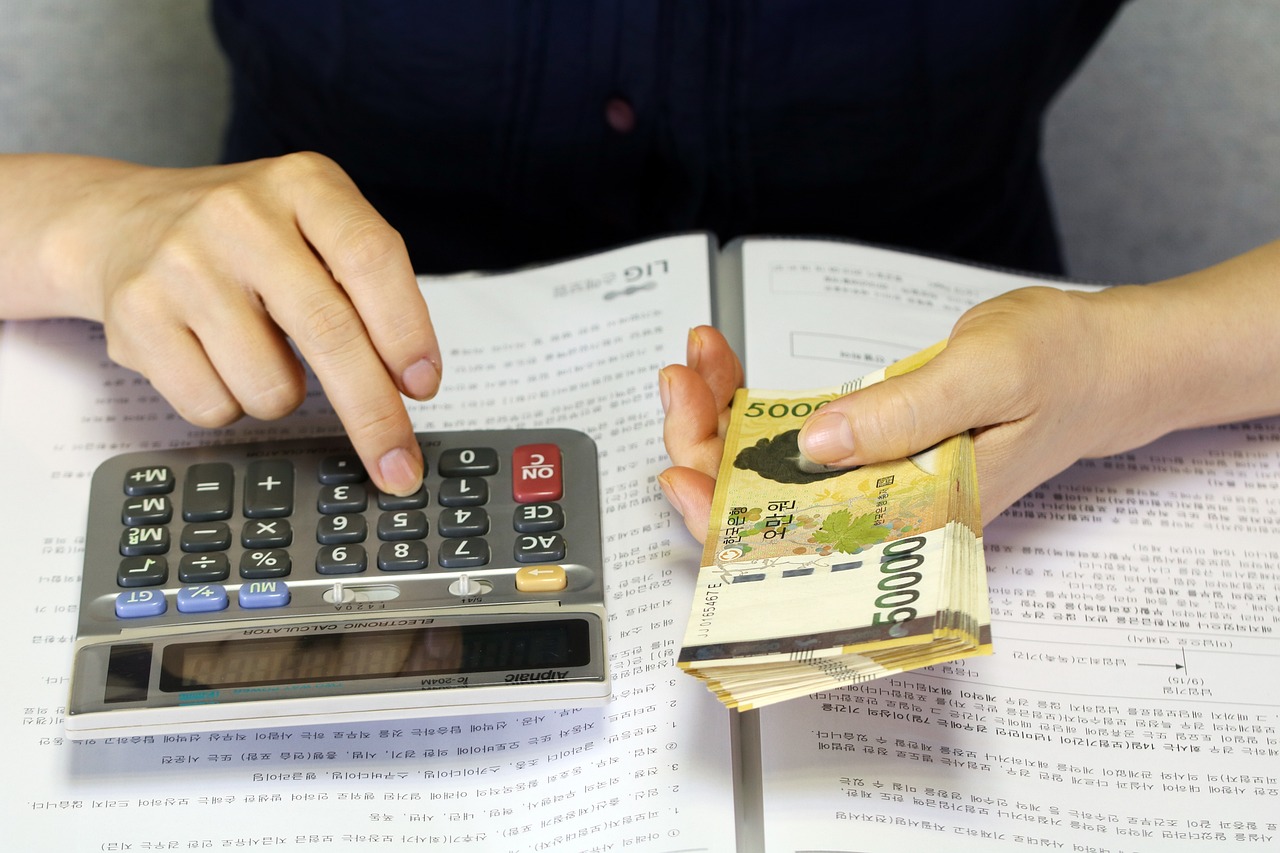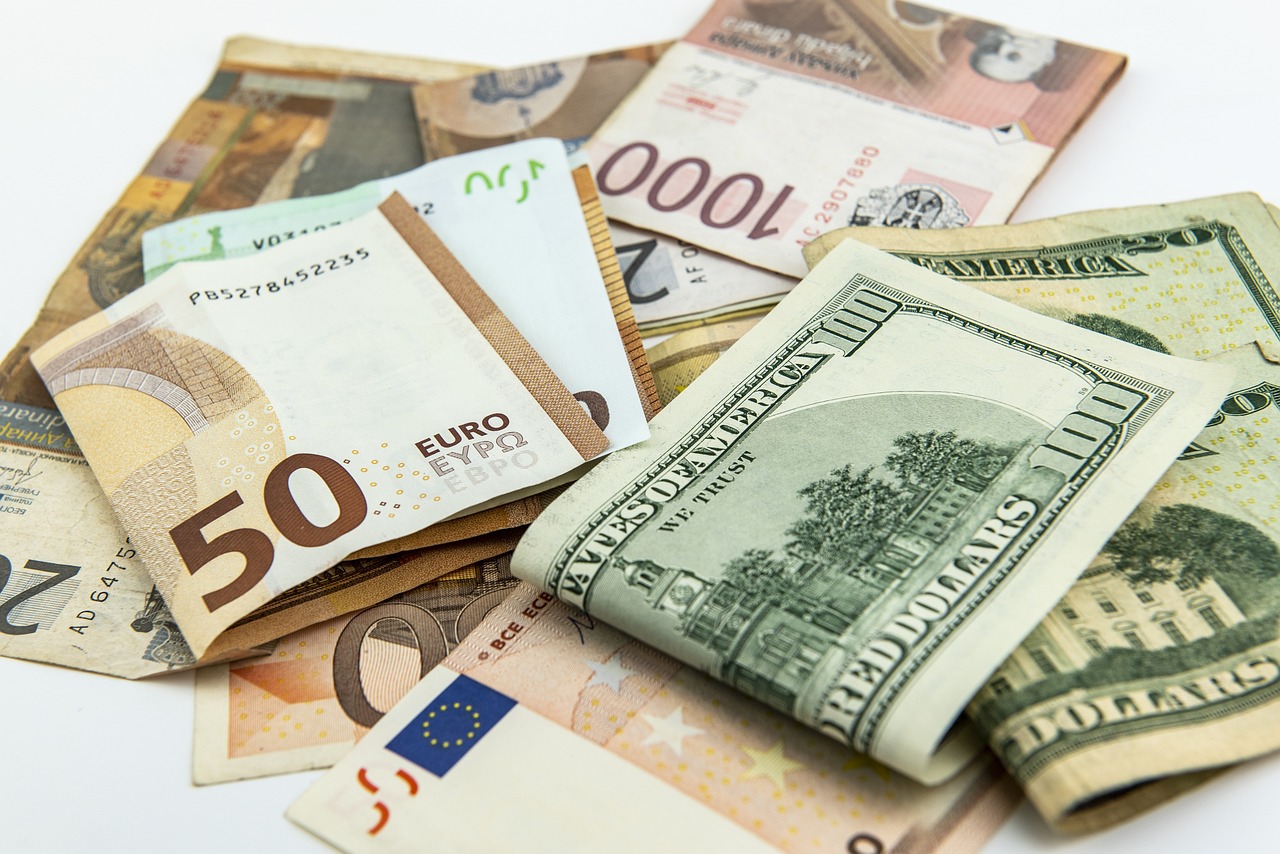USD/BRL Exchange Rate: Factors, Inflation, Timing, Central Bank Policies, and Historical Highs
GPT_Global - 2025-10-30 08:00:21.0 39
Why does the Brazilian real fluctuate against the US dollar?
The Brazilian real (BRL) often fluctuates against the US dollar due to a combination of economic, political, and market factors. As one of the largest emerging markets, Brazil's economy is highly sensitive to global trade, commodity prices, and inflation rates. For businesses dealing with remittances, such fluctuations can impact the cost and value of sending money to Brazil.
One key factor in the fluctuation of the BRL is Brazil’s reliance on exports, especially commodities like soybeans, oil, and iron ore. When global prices for these commodities rise or fall, the real typically follows suit. Additionally, Brazil's inflation rate and interest rate policies, set by the central bank, also influence the exchange rate with the dollar. A higher interest rate in Brazil can attract foreign investment, boosting the real.
Political instability, domestic policies, and international relations further add to the volatility of the BRL. For remittance services, understanding these fluctuations is crucial, as it can determine the amount recipients receive in Brazil. Staying informed about economic trends and exchange rate movements helps remittance businesses offer better value to their customers and remain competitive in the global market.

How does inflation in Brazil affect the USD/BRL exchange rate?
Inflation in Brazil plays a significant role in the fluctuation of the USD/BRL exchange rate, which directly impacts the remittance business. When Brazil experiences high inflation, the value of the Brazilian Real (BRL) tends to decrease against the US Dollar (USD). This weakening of the BRL means that individuals sending money to Brazil must consider paying more in USD to match the same value in BRL.
For remittance businesses, this scenario can lead to increased costs for customers sending money to Brazil. As inflation rises, the exchange rate becomes more volatile, and businesses must adjust their strategies to accommodate these fluctuations. Additionally, higher inflation can reduce purchasing power within Brazil, affecting the overall demand for remittances.
To remain competitive and ensure better service to customers, remittance providers need to monitor Brazil’s inflation rates and adjust their offerings accordingly. Offering competitive exchange rates can help clients maximize the value of their remittances, especially during periods of economic instability.
In summary, inflation in Brazil directly impacts the USD/BRL exchange rate, making it crucial for remittance businesses to stay informed and agile in adapting to these changes.
What is the best time to exchange US dollars for Brazilian reais?
When dealing with remittances, timing is crucial, especially when converting US dollars (USD) to Brazilian reais (BRL). The best time to exchange USD for BRL depends on several factors, including economic conditions, exchange rate trends, and market fluctuations. A strategic approach can help you get more value for your money.
Generally, it's ideal to monitor the currency market closely. Currency exchange rates are often more favorable when the Brazilian economy is stable, and the US dollar is strong. Keeping an eye on global financial events, such as interest rate changes in the US or Brazil, can provide insights into potential favorable exchange periods.
Additionally, holidays and weekends can affect the exchange rates, with rates often being less favorable during these times due to lower market activity. As a result, the best time to exchange US dollars for Brazilian reais is during weekdays when markets are active and liquidity is higher, providing better rates for remittance transactions.
By staying informed and timing your remittance correctly, you can maximize the value of your dollars and ensure more money reaches your loved ones in Brazil.
How do central bank policies impact the USD to BRL rate?
Central bank policies play a pivotal role in determining exchange rates between currencies, including the USD to BRL (U.S. Dollar to Brazilian Real) rate. These policies can directly influence remittance businesses that transfer money across borders. For instance, when the U.S. Federal Reserve adjusts interest rates or engages in quantitative easing, it impacts the strength of the USD globally, which in turn affects the exchange rate against the Brazilian Real.
Similarly, the Brazilian Central Bank’s policies, such as adjustments to the Selic rate or interventions in the foreign exchange market, can either strengthen or weaken the BRL. A higher Selic rate, for example, can make the Real more attractive to investors, leading to an appreciation against the dollar. Conversely, policies that signal economic instability can devalue the BRL, leading to a less favorable exchange rate.
For remittance businesses, these fluctuations can have significant effects on the cost of transferring money. An understanding of central bank policies is crucial for optimizing remittance fees and ensuring that customers receive the best exchange rate when sending funds internationally.
What was the highest recorded value of 1 USD in Brazilian reais?
``` " Use the topic \"10. What was the highest recorded value of 1 USD in Brazilian reais? \" to create a SEO article for remittance business, the article's length should at least 120 words, and must less than 200 words.And label each paragraph with a tag" ``` Here’s a concise SEO-friendly article for a remittance business on the topic:When it comes to sending money from the US to Brazil, one key question often arises: **what was the highest recorded value of 1 USD in Brazilian reais?** According to multiple sources, the exchange rate peaked at **R$ 6.7337 for US$1** on 25 December 2024. search0
For a remittance business, this matters because timing and rate volatility can significantly impact both the sender’s cost and the recipient’s value. At the record high, every dollar sent translated into more reais, which is beneficial for the recipient in Brazil—but it also signals weaker performance of the Brazilian real and higher exchange-risk.
To manage such dynamics, remittance companies should offer tools like rate alerts, forecast insights, and quick transfers when rates are favorable. Clients should be reminded that while that R$6.73 level was a historical extreme, current rates are significantly lower (around R$5.38 per USD recently) 1search3 and can move quickly.
In summary: knowing the highest recorded USD/BRL rate gives context for expectations, helping senders and businesses exchange rate for US dollar to Brazilian reais is currently 5.34375 today, reflecting a -0.312% change since yesterday. Over the past week, the value of US ... and can move quickly.
In summary: knowing the highest recorded USD/BRL rate gives context for expectations, helping senders and businesses understand how far rates can shift. Use this data point to highlight your expertise and help customers make informed remittance decisions.
About Panda Remit
Panda Remit is committed to providing global users with more convenient, safe, reliable, and affordable online cross-border remittance services。
International remittance services from more than 30 countries/regions around the world are now available: including Japan, Hong Kong, Europe, the United States, Australia, and other markets, and are recognized and trusted by millions of users around the world.
Visit Panda Remit Official Website or Download PandaRemit App, to learn more about remittance info.



